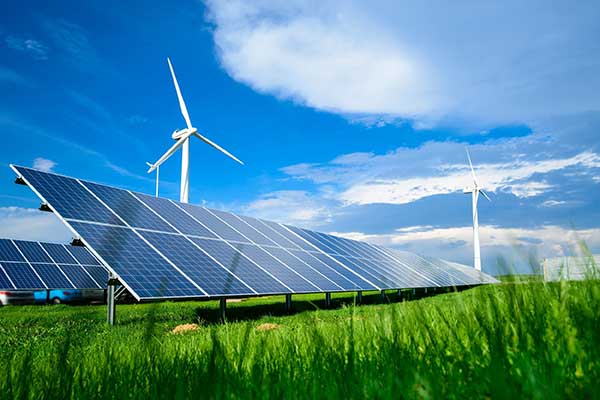 Renewable energy has become one of the world’s most discussed and increasingly important topics over the past couple of decades.
Renewable energy has become one of the world’s most discussed and increasingly important topics over the past couple of decades.While there are some aspects of renewable energy that have become common knowledge, such as the existence of solar panels and wind turbines, much of this incredible and far-reaching technology is still misunderstood or underexplored. Read on to discover what you need to know about renewable energy as it stands today and how it relates to your everyday life.
What Is Considered Renewable Energy?
Renewable energy is a form of clean and endless power generation used for a variety of reasons in the modern world. Some examples of renewable energy sources are wind, solar, geothermal, and hydropower.
As its name suggests, renewable energy can be renewed — in other words, it’s infinite in nature and can keep being used without running out. It’s also generally free of greenhouse gas (GHG) emissions, which is a growing problem with other forms of energy such as fossil fuels (e.g., coal, oil, and natural gas).
Because of this, renewables are often touted as the most sustainable energy sources. They will likely become more widespread in the quest to meet our energy needs without increasing GHG emissions or compromising our current standard of living.
Most renewable energy is used for electricity generation, with renewables accounting for about a fourth of global electricity production. While some renewable sources have been a part of the electricity mix for decades, others are becoming more widely available as the world attempts to move towards clean energy. Renewable energy technologies play a big role in moving the energy sector towards alternative energy sources that lower carbon emissions and combat climate change.
What’s the Difference Between Renewable and Nonrenewable?
The main difference between renewable and nonrenewable energy is that there is a finite amount of nonrenewable energy while renewable energy is unlimited because the source of its power is regenerative. Also, the way these energy sources operate in the real world is slightly different.
As mentioned, there’s an unlimited supply of renewable energy resources. But this supply is not always available or efficient. For example, wind power is only available when the wind is blowing. Wind will always be a part of the Earth’s systems in every region of the world, so wind power will always be available as long as the planet exists — it’s just not always accessible.
One of the most commonly cited differences between these types of energy is that renewable power is always free of carbon emissions while nonrenewable energy always emits carbon dioxide. While this is true in most cases, there are important outliers.
Nuclear power is a form of nonrenewable energy that does not emit CO2, and some climate activists have called for increasing nuclear energy for this reason. However, nuclear is often not viewed as a form of clean energy because nuclear fission, which is where the energy comes from, produces radioactive waste.
If this waste isn’t properly discarded, or if large-scale accidents occur such as the Chernobyl disaster in the former Soviet Union, the environment can face immense harm. Conversely, some renewable fuels such as ethanol and wood still emit carbon dioxide but they are generally considered clean because they come from natural sources.
